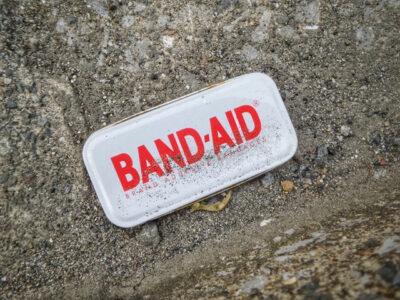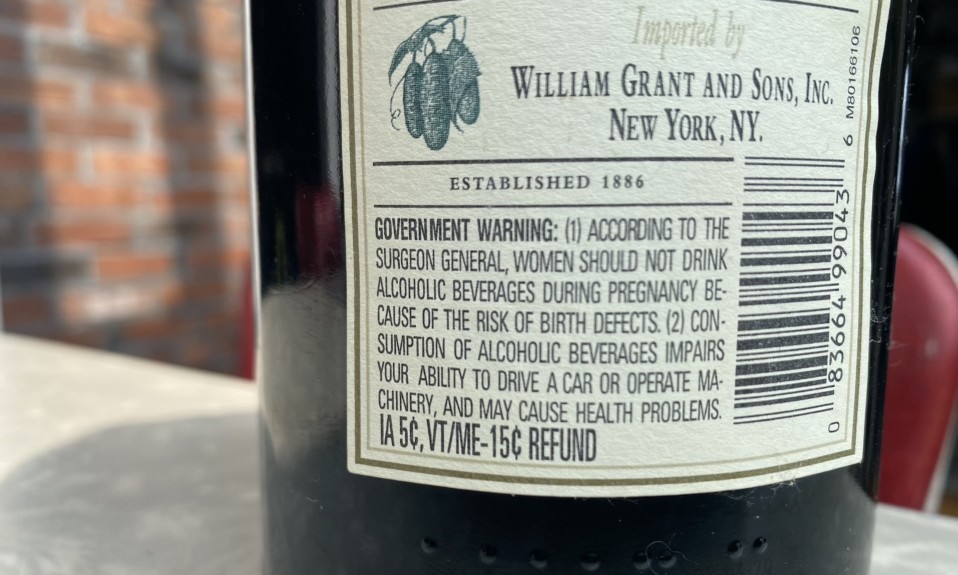A weekly roundup on the latest in addiction science, medicine and care
By William Wagner
September 15, 2020Chronic pain and opioids—it’s a potentially toxic combination. That’s why medical professionals struggle with how to administer opioids to patients who are physically debilitated. A new book, Chronic Pain and Opioid Management: Strategies for Integrated Treatment, offers help by outlining alternative approaches for taking on chronic pain.
We shine a light on that topic and others in this edition of “From the Journals.”
From the American Psychological Association:
Balancing Chronic Pain and Opioids
It’s a tricky question: What are the best ways for practitioners to treat patients who have chronic pain and a history of dependency issues with opioids? Jennifer L. Murphy, Ph.D., and Samantha Rafie, Ph.D., provide some answers in the book Chronic Pain and Opioid Management, published by the American Psychological Association and scheduled for release in October. Guided by the latest research into the area, the authors advocate for a “whole person” approach that features strategies for managing pain such as cognitive behavioral therapy (CBT).
Chronic Pain and Opioid Management: Strategies for Integrated Treatment offers help by outlining other approaches for taking on chronic pain.”
From the Annals of Internal Medicine:
Older Americans Increasingly Turn to Weed
Turns out the Baby Boomers—the original stoner generation—are still going at it. In a study authored by Colleen J. Maxwell, Ph.D., Bill M. Jesdale, Ph.D., and Kate L. Lapane, Ph.D., 1 out of 20 older Americans (55 and up) who were surveyed reported that they had used marijuana within the previous month. From 2016 to 2018, weed use among people in this age group went up each year. States where recreational marijuana is legal saw the most significant increases, but there were rises almost everywhere. Part of the trend might be tied to a greater recognition of marijuana’s medicinal qualities.
From the BBC:
A New Twist on Harm Reduction
Call Glasgow, Scotland, ground zero for the concept of “mobile fixes.” Recovering heroin user Peter Krykant has turned his minibus into a facility where, according to the BBC, “he says addicts can safely take drugs under supervision.” The U.K. government isn’t onboard with the endeavor, but Krykant says it’s a safer alternative to the “squalid” places where homeless people typically inject drugs. Krykant, who has worked in the past with people suffering from drug and alcohol problems, says his minibus contains clean needles and the overdose-reversal medication naloxone.
From Alzheimer’s & Dementia:
Vitamin B1’s Link to Alcohol Abuse
What exactly causes cognitive decline, and even the onset of dementia, in chronic abusers of alcohol? A study conducted by researchers at the Medical University of Vienna has delivered a hypothesis: a lack of vitamin B1. The study’s researchers believe a vitamin B1deficiency caused by alcohol use results in iron deposits in the brain. These deposits lead to cognitive deterioration. Administering vitamin B1, or a therapeutic offshoot, has the potential to mitigate the mental deterioration.
From the JAMA Network:
A Dearth of Buprenorphine at Treatment Centers
Where’s the buprenorphine? Not in residential treatment centers—or at least not many of them—according to a study undertaken by researchers from Harvard, Yale and Johns Hopkins universities. Buprenorphine seemingly would be in strong supply at treatment centers, as it reduces cravings for opioids and is approved by the Federal Drug Administration (FDA). But this isn’t the case. Of the stealthily contacted 368 programs in the study, only 29 percent offered the medication. Despite a growing consensus in the medical community that buprenorphine is beneficial to individuals suffering from opioid use disorder (OUD), there is a lingering belief that total abstinence from opioid-related substances is the only route to a complete recovery.
Photo: Photos Hobby














